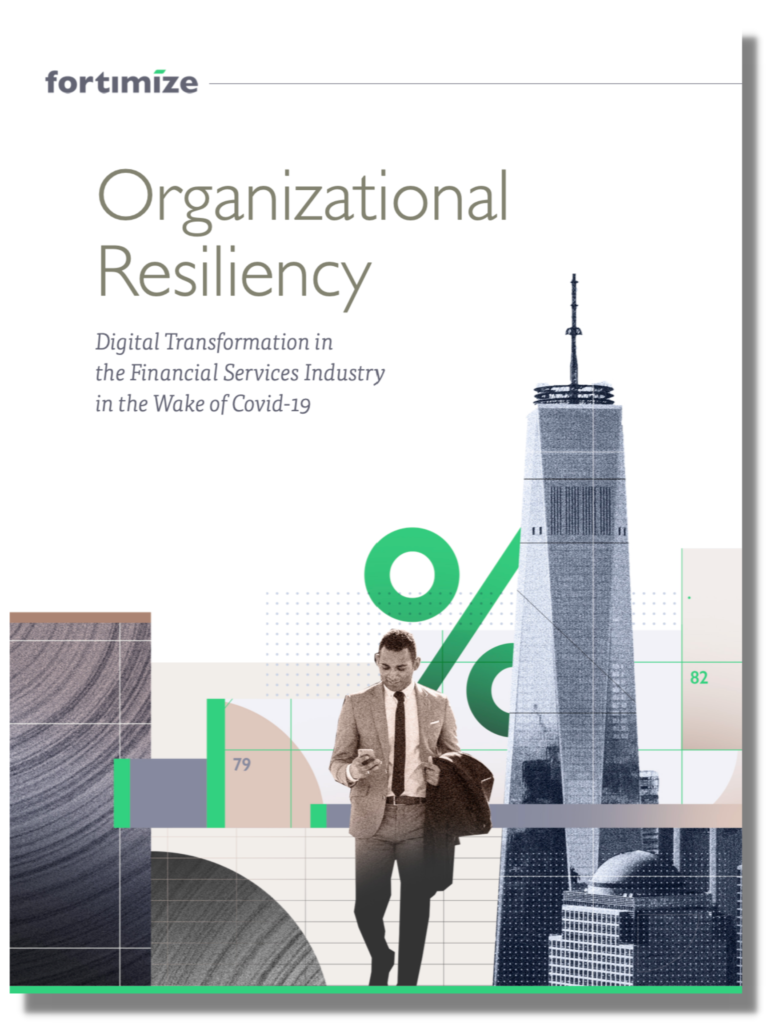Enabling Data Cloud in 6 Steps
In our previous blog post titled “Why Data Cloud?,” we offered insights into this Salesforce product, dispelled common misconceptions, and highlighted its benefits for financial services organizations. Now, we’re excited to assist you in navigating its full potential through a comprehensive 6-step Data Cloud enablement plan.
Step 1: Identify Source Systems for Customer Data
Begin your Data Cloud journey by seamlessly integrating various platforms, such as Amazon S3, SFTP, Marketing Cloud, Service Cloud, and web/mobile applications. It’s vital to classify incoming customer data as either “demographic” (representing who the customer is) or “behavioral” (representing what the customer is doing). Additionally, for each source system, identify the unique identifier to harmonize customer information. This approach ensures optimal utilization of customer data across diverse platforms.
View the full list of source platforms Data Cloud supports here.
Step 2: Assess Data Cleanliness of Each System
Evaluate the cleanliness of data within each system, addressing de-duplication and cleanup needs. While Data Cloud aids in identifying unique profiles, the impact is enhanced with clean data. With Fortimize’s Data & Analytics capabilities, we can help you ensure data integrity leading to more accurate and valuable insights from Data Cloud.
Step 3: Establish Audience Segments & Targets
Define audience segments aligned with marketing needs, focusing on demographics and behaviors. Choose suitable marketing channels, leveraging Data Cloud’s activation across platforms like CRM Analytics, Google Ads, Sales Cloud, and Snowflake. Strategic use enhances marketing reach, ensuring personalized engagement with identified audience segments.
View the full list of target platforms Data Cloud supports here.
Step 4: Connect Sources to Data Cloud
Ingest customer data by connecting all necessary sources to Data Cloud. Follow the connection process, installing and setting up connectors, normalizing data through Data Lake Objects, and customizing fields for optimal integration. Unlike other Salesforce services licensing models, Data Cloud is consumption-based. Fortimize can help you understand your expected consumption per unified profile and assist you in planning for your total credit needs.
Step 5: Harmonize Data & Build Unified Profiles
Harmonize data seamlessly by implementing rulesets for Individuals and Accounts. Define criteria for matching data, specifying exact, fuzzy, or normalized matching. Establish rules for reconciling customer data matches and efficiently map contact data. Decide when to build profiles anonymously or as “known” profiles, ensuring a fluid and comprehensive customer profile-building process.
Step 6: Build Insights & Activate Data for Marketing
Utilize unified customer profiles by building insights and activating data on marketing platforms. Leverage SQL queries or the visual insight builder to generate valuable insights in batch or real-time and send alerts or trigger events. Segmenting your customers and activating them across target systems can lead to quick ROI. Data from Data Cloud can seamlessly integrate with your Snowflake data warehouse to develop predictive analytics, such as identifying customer churn, customer lifetime value, or customer look-alikes.
Whether you’re in the process of evaluating or actively implementing Data Cloud, Fortimize is here to support you through advisory, design, and build, or ongoing optimization. By leveraging Data Cloud, you can master your customer data, enabling enhanced personalization and fostering better engagement with both your current customers and potential prospects.

